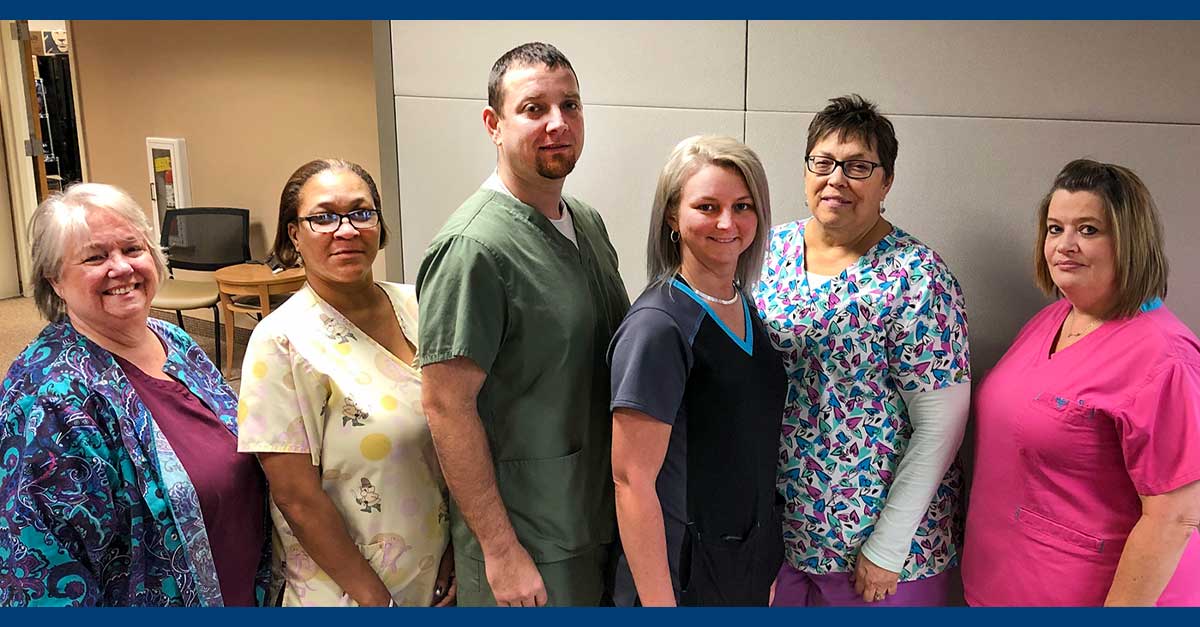Table of Content
- When should you stop hospice care?
- Overview: Hospice vs. Home Health
- How to Talk to an Elderly Parent About End of Life Decisions
- Hospice Care vs. Home Health: What’s the Difference?
- Fiancee's devastating message for Private Sean Rooney as soldier comes home
- WHAT IF THE PATIENT’S SYMPTOMS CAN’T BE CONTROLLED AT HOME?
During the past two years, these rates reached 88% among skilled nursing operators and 71% for home health providers, according to WellSky. Hospices have faced ever-intensifying scrutiny from regulators in recent years. Many operators have voiced frustration with the cavalcade of costly audits and the lengthy process to appeal negative findings. In some instances, the argument could be made that some of these probes illustrate a disconnect between payment models and patients’ health care needs. If COVID taught health care providers anything, it was first and foremost to expect the unexpected. When you hear the word “palliative,” you might think of palliation—to relieve without curing.
The leading provider of hospice care services, Salmon Valley Hospice provides end-of-life care wherever patients want to receive it. We often get asked how home health compares to hospice services. Hospice makes patients with life-limiting illnesses feel as comfortable as possible. Home health services help the patient recover from their illness or injury.
When should you stop hospice care?
These relationships can also promote more effective communication with patients’ primary care providers and offer a clearer picture of those individuals’ previous care experiences. Additionally, hospices could gain the ability to network and collaborate with other affiliated providers such as care management services. The family determines that the patient is no longer suffering and requests for hospice services to be discontinued accordingly. If you’re unsure about the kind of care that’s most appropriate for your patient, learn more about the differences between hospice services and home health care below. I am more than happy with the amount of support I received with Vantage.

Many people are not aware of the health care resources available in the home . I meet with potential patients and their family members/friends, often in their home, to explain their care options. Since November is National Hospice and Palliative Care Month, we thought we would touch on the differences that exist between types of care.
Overview: Hospice vs. Home Health
Home health also has a team of health professionals whose goal is to work with the patient towards improving health and wellbeing. Home health is for people who have had a decline in functioning due to a medical condition or an accident . Hospice is for people who no longer want to actively seek treatment for the condition that qualifies them for hospice.
Hospice care also has the goal of promoting quality of life through pain and symptom management, as well as helping the patient and his family through the end-of-life process. Home health is a wonderful service meant to bring health care providers directly into the place where you are most comfortable—your home! When you are admitted to Aspire Home Health, you have the opportunity to discuss with your nurse what exactly your health-related goals are. Your nurse will then create a personalized recovery plan specific to what you want to accomplish. Each home health plan will look different for a patient based upon their needs, but the ultimate goal of home health is to get patients back on their feet and better than ever.
How to Talk to an Elderly Parent About End of Life Decisions
With these thoughts in mind, Aspire Home Health & Hospice hopes to give you an added sense of ability to assist the wants and needs your loved one may face during a time of uncertainty. If you wish to learn more about our services, Aspire Home Health & Hospice provides more information about our treatment and the process to admit a loved one to our services. At Aspire Home Health and Hospice, you can rest assured that the needs you or a loved one have will be fulfilled to an exceptional standard, with an unwavering commitment towards mastering the benefits of these services.

They are often in pain, particular with end-stage diseases like cancer, in addition to the discomfort brought about by previous treatments like chemotherapy. While hospice is thought of as solely a last option for the dying, patients sometimes improve and can be discharged from hospice. The goal of hospice care is improving quality of life for a patient and their family. The goal is to have the patient live the remainder of their life to the fullest. Hospice care not only addresses a patient’s physical concerns and needs, but it also provides resources for a patient’s emotional, psychological, and spiritual needs as well. Care can take place in a number of different locations, not only in the patient’s home.
Home Health Care News is the leading source for news and information covering the home health industry. This is a trend that has also come to fruition in home health and hospice. Specifically, there were 114 home health and hospice deals in the 12 months examined by PwC, which ended on Nov. 15. Those deals contributed to a 74% increase in deal value from 2021. That’s according to a recent report from PwC’s Health Research Institute, which also suggests that home health and hospice is one of only two subsectors that saw growth in announced deal value compared to 2021.

Hospice care provides medical supplies, medical, social, emotional, and spiritual care for the patient and his family, medicine management, and bereavement support for immediate family members. Hospice care can be provided wherever the patient calls home, as well as in-patient facilities. Do you have an aging or ill parent, grandparent, loved one or friend?
This model is not the only payment demonstration with the potential to foster greater coordination. Medicare Advantage, Primary Care First and other models also present opportunities. But the unique features of ACO REACH make it a worthy exemplar of how payment structures can influence the ways providers can collaborate. Most emerge from the Center for Medicare & Medicaid Innovation as demonstration projects that typically last four years.

Original Medicare will cover these services even if you choose to remain in a Medicare Advantage Plan. As long as you continue to pay your Medicare Advantage premiums, you can keep your plan even while on hospice. Just as with hospice, aides help patients who receive home health with bathing, dressing, and transfers. Due to Medicare regulations, aides are not permitted to provide transportation, cook, or do housekeeping. The role of social work is to provide emotional support to the patient and the family.
"Their voices will provide valuable insights and perspectives on how to best implement the various initiatives and engage with the priority populations," the news release says. The money will also help the coalition offer stipends to community members who represent populations with health disparities to participate in the work groups. If a team member created an amazing customer experience for you, nominate them here for a Star Award. Figuring out what kind of care is right for your unique situation can be difficult. These are then able to act like an anaesthetic, helping the dying patient feel less pain. Over 160 attendees, 2 Farber Awards presented, new board members elected, 29 conference sessions over 2 days, a successful Silent Auction return…who could ask for more?

No comments:
Post a Comment